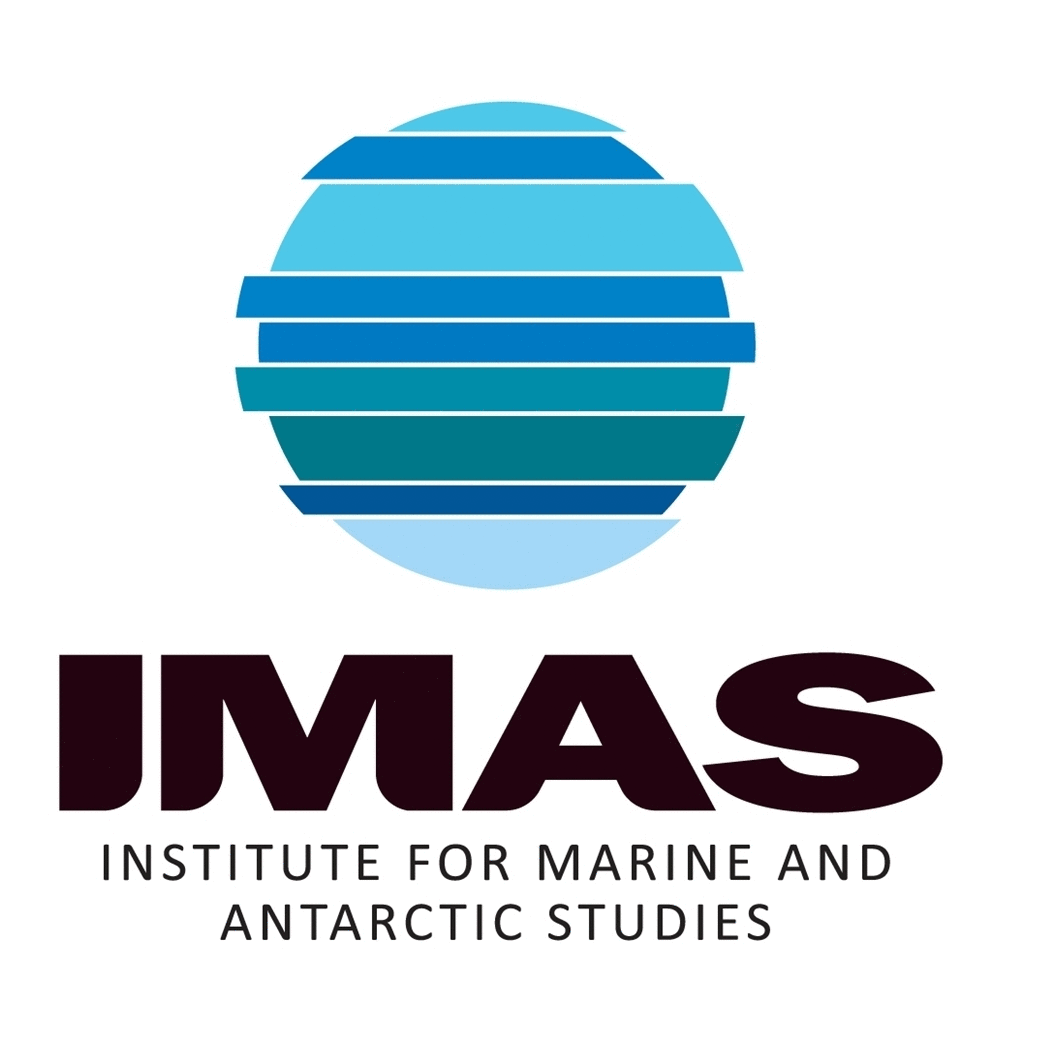BEACHES
Type of resources
Topics
Keywords
Contact for the resource
Provided by
Years
-
Climate change and population growth are accelerating the need for diverse solutions to coastal protection. Traditionally, shorelines are armoured with conventional "hard" or "grey" engineering structures such as seawalls which are non-adaptive and come with significant economic, environmental and social costs. While hard structures have a place in coastal protection, alternative 'living shorelines' methods harness natural ecosystems to reduce coastal erosion and flooding and provide co-benefits such as carbon sequestration. They may consist of dunes, wetlands and biogenic reefs: either alone (‘soft approach’) or in combination with hard structures (‘hybrid approach’). The Living Shorelines Australia project (https://livingshorelines.com.au) compiled a database of nature-based ("soft" or "hybrid") coastal protection projects from across Australia. This database acts as a tool to help coastal managers make informed decisions by providing as many examples as possible of where these solutions have been used, how they were used, and how effective they are in different contexts. The information in this database was collected through direct engagement with coastal managers and stakeholders, a literature search, and informal internet searching. Under the NESP Marine and Coastal Hub Project 1.10, this database was established and populated with 138 projects identified through the process described above. Since then (2022), the database has continued to be updated by The University of Melbourne and now contains 200 nature-based coastal protection projects.
-
This dataset has been superseded by https://metadata.imas.utas.edu.au/geonetwork/srv/eng/catalog.search#/metadata/0145df96-3847-474b-8b63-a66f0e03ff54 (Victorian Statewide Marine Habitat Map 2023). The Victorian Benthic Habitats - Port Phillip Bay (CBICS) is a synthesis of all existing benthic habitat characterisations of the embayment which have been reclassified to conform to the Combined Biotope Classification Scheme (CBiCS). Base information for the synthesised dataset were sourced from data provided by: Marine and Freshwater Resources Institute, Queenscliff, Victoria Institute for Sustainability and Innovation, Victoria University, Melbourne. Parks Victoria, Victorian Government Deakin University, Victoria Department of Environment, Land, Water and Planning, Victorian Government
-
This dataset has been superseded by https://metadata.imas.utas.edu.au/geonetwork/srv/eng/catalog.search#/metadata/0145df96-3847-474b-8b63-a66f0e03ff54 (Victorian Statewide Marine Habitat Map 2023). The Victorian Benthic Habitats - Gippsland Lakes (CBICS) is a synthesis of all existing benthic habitat characterisations of the Gippsland Lakes Region which have been reclassified to conform to the Combined Biotope Classification Scheme (CBiCS). The study area for this layer is defined as Jack Smith Lake in the west to Mallacoota in the east.
 IMAS Metadata Catalogue
IMAS Metadata Catalogue